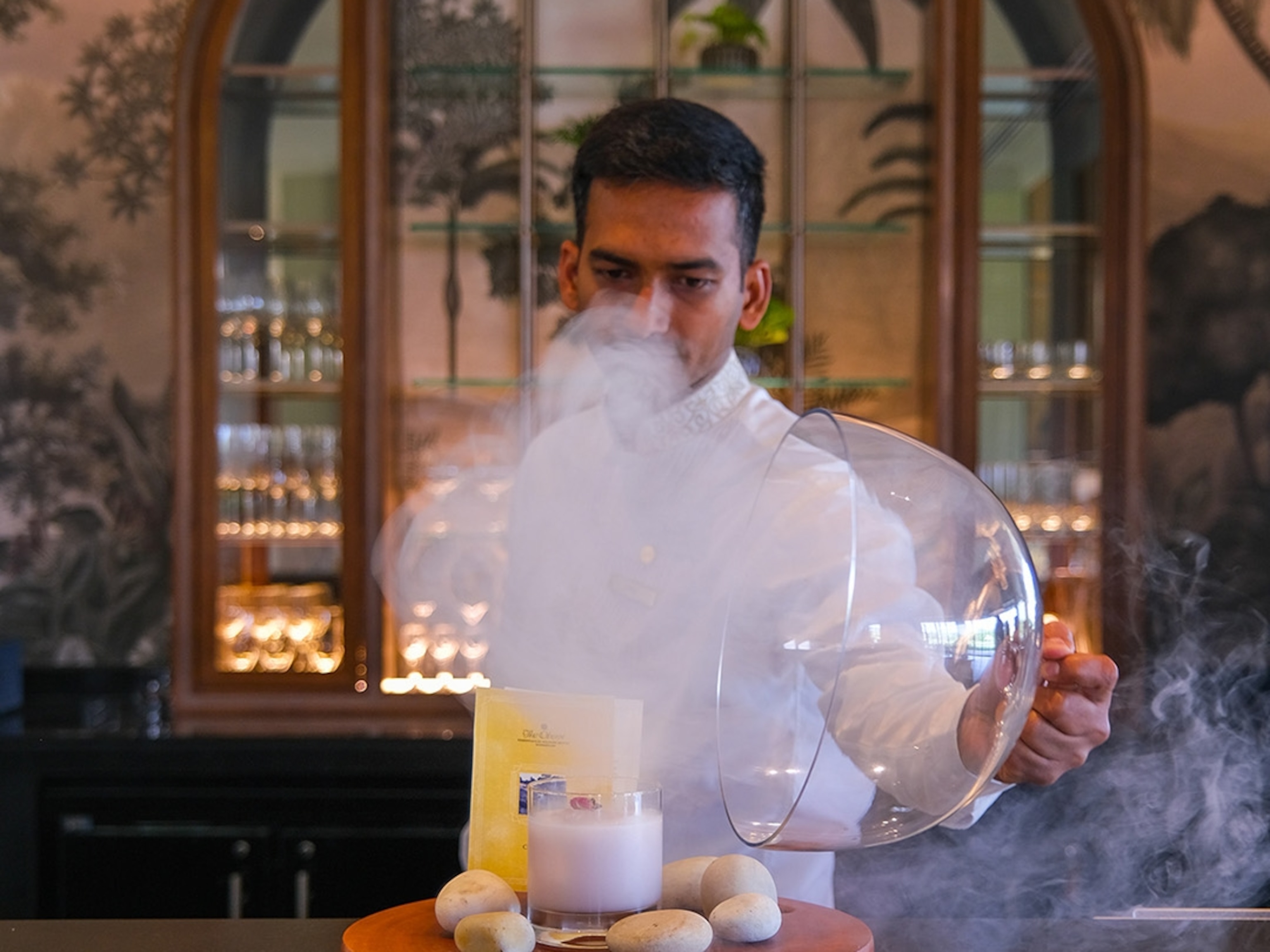Five modern ways to discover Timeless Tokyo
Take a look at how this cosmopolitan city has changed over time, while its lure and appeal continue to inspire.
Tokyo is one of the most cutting-edge, futuristic cities in the world. Even so, Tokyo has held on to many of its traditional experiences and cultural components that draw visitors to Japan year after year. If you scratch the surface, it’s easy to find a timeless element to Tokyo tucked in between the shiny skyscrapers, trendy cafes and brand new attractions. With a nod to the past, these ever-changing cultural experiences will help you discover the timelessness of Tokyo on a deeper level.
Travel in a traditional way
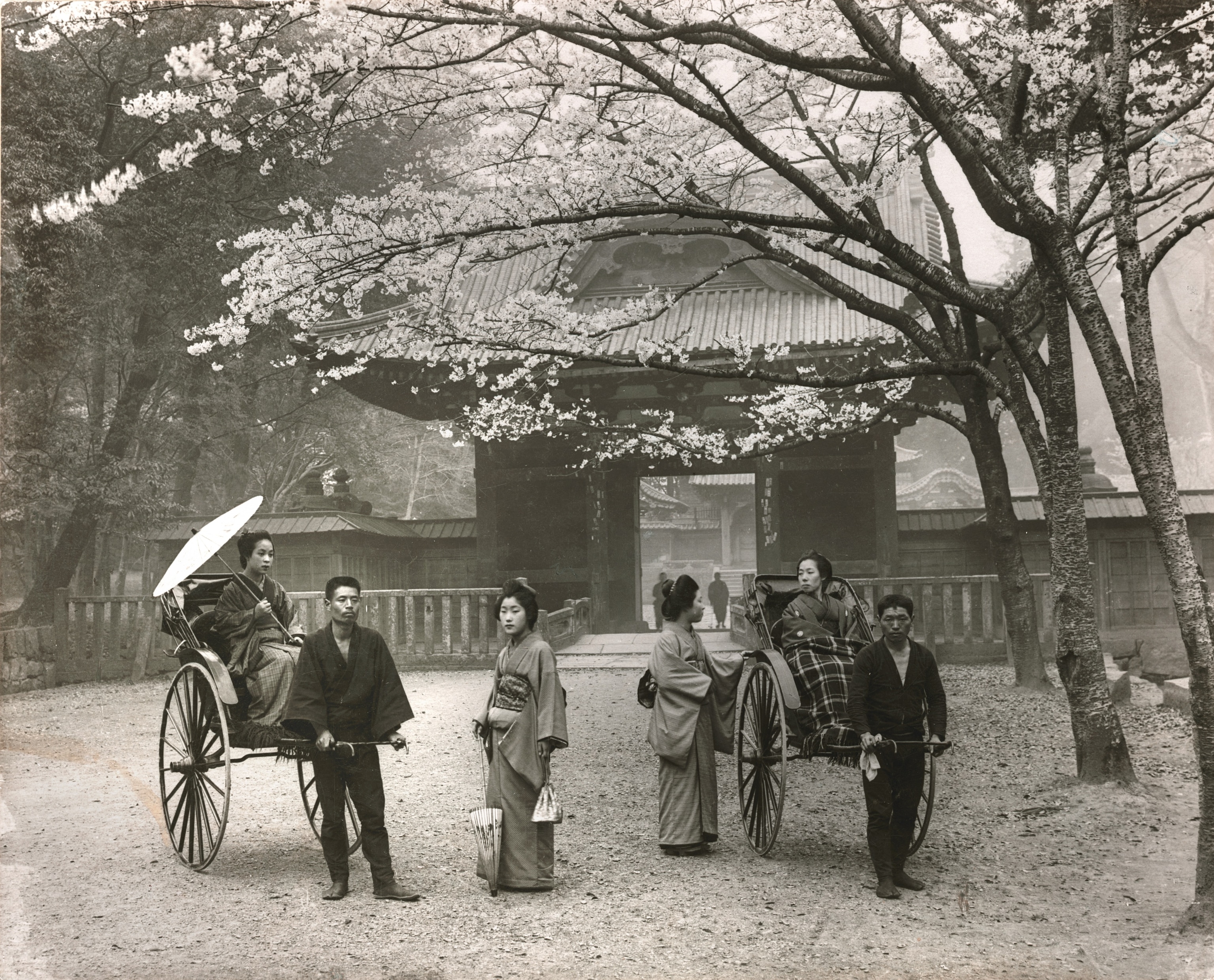
The rickshaw’s origins are commonly traced back to Tokyo around 1868. This human-powered mode of transportation quickly spread in popularity and eventually became Japan’s main form of transportation. By 1872, there were over 40,000 registered rickshaws in the city. Back then, rickshaws were much less comfortable – the wheels were made out of wood and iron, and passenger seats were hard and flat.
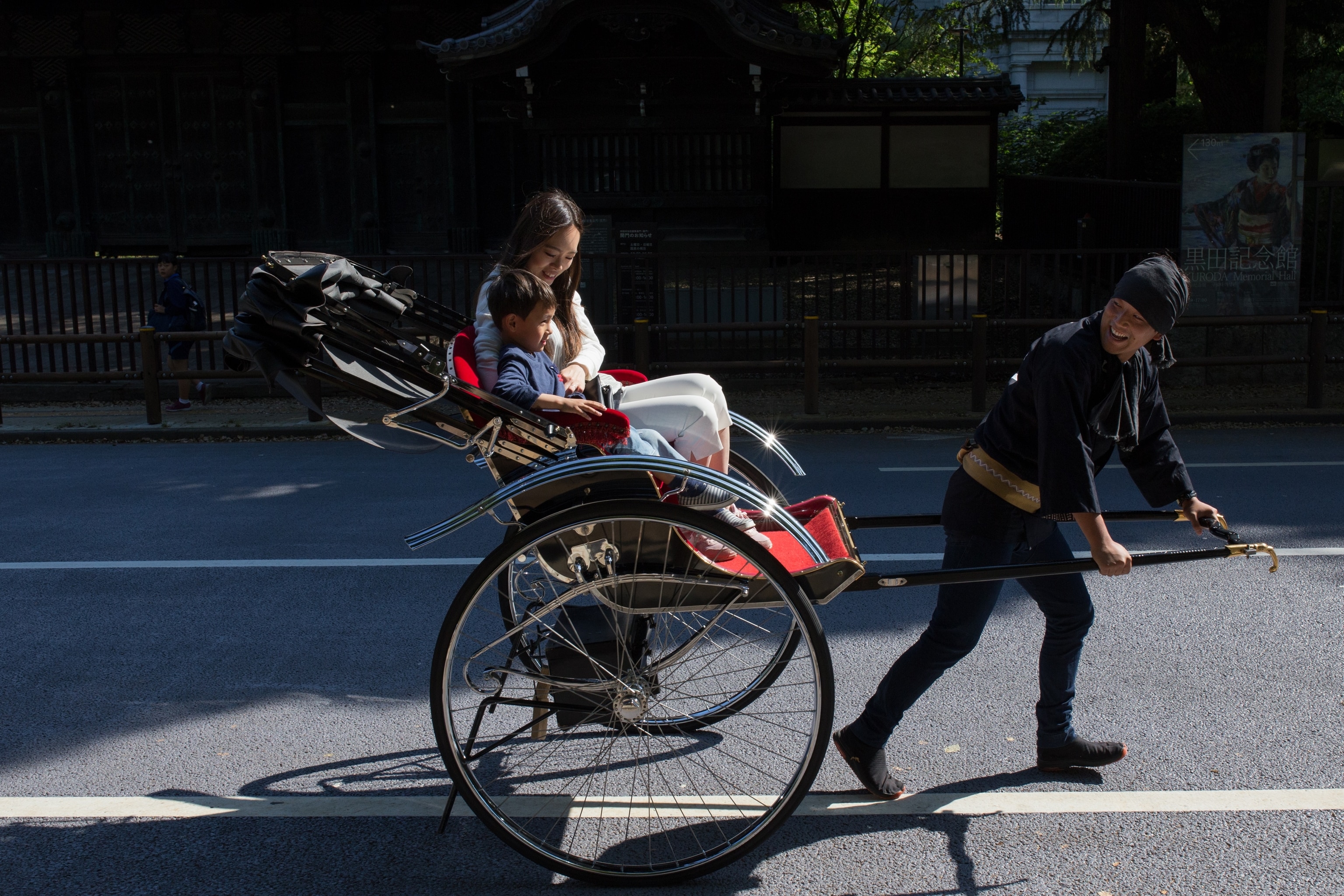
By the early 20th century, rickshaws had rubber tires, passenger backrests and cushions. This eco-friendly and traditional mode of transportation is still popular in the city’s historic districts. Today, rickshaw travel is something of a luxury – a uniquely Japanese way to see Tokyo as people would have centuries ago.
Stroll through classic gardens
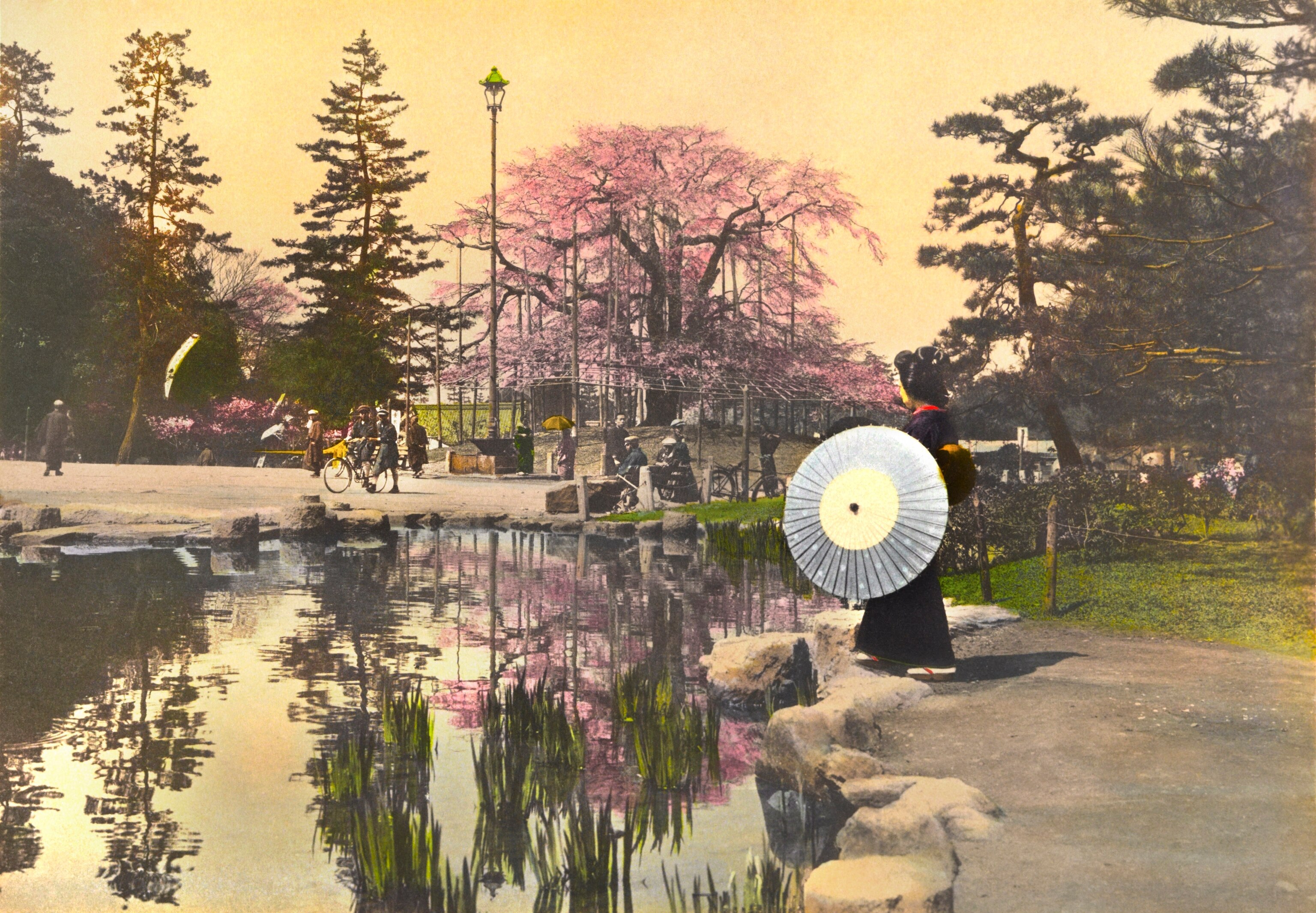
In Japan, garden design is a historic, important art form. Gardens have evolved in both style and purpose over their 1,000-year documented history, often reflecting the important cultural characteristics of the time. When leaders embraced Zen Buddhism in the Kamakura and Muromachi Periods (from around 1185 to 1573), gardens took on a minimalistic design. In the Edo Period (from 1603 to 1868), the ruling classes preferred landscape design focused on extravagance and beauty. These types of recreational “strolling gardens” (marked with ponds, islands and circular pathways) were built all around Edo – which is now Tokyo.
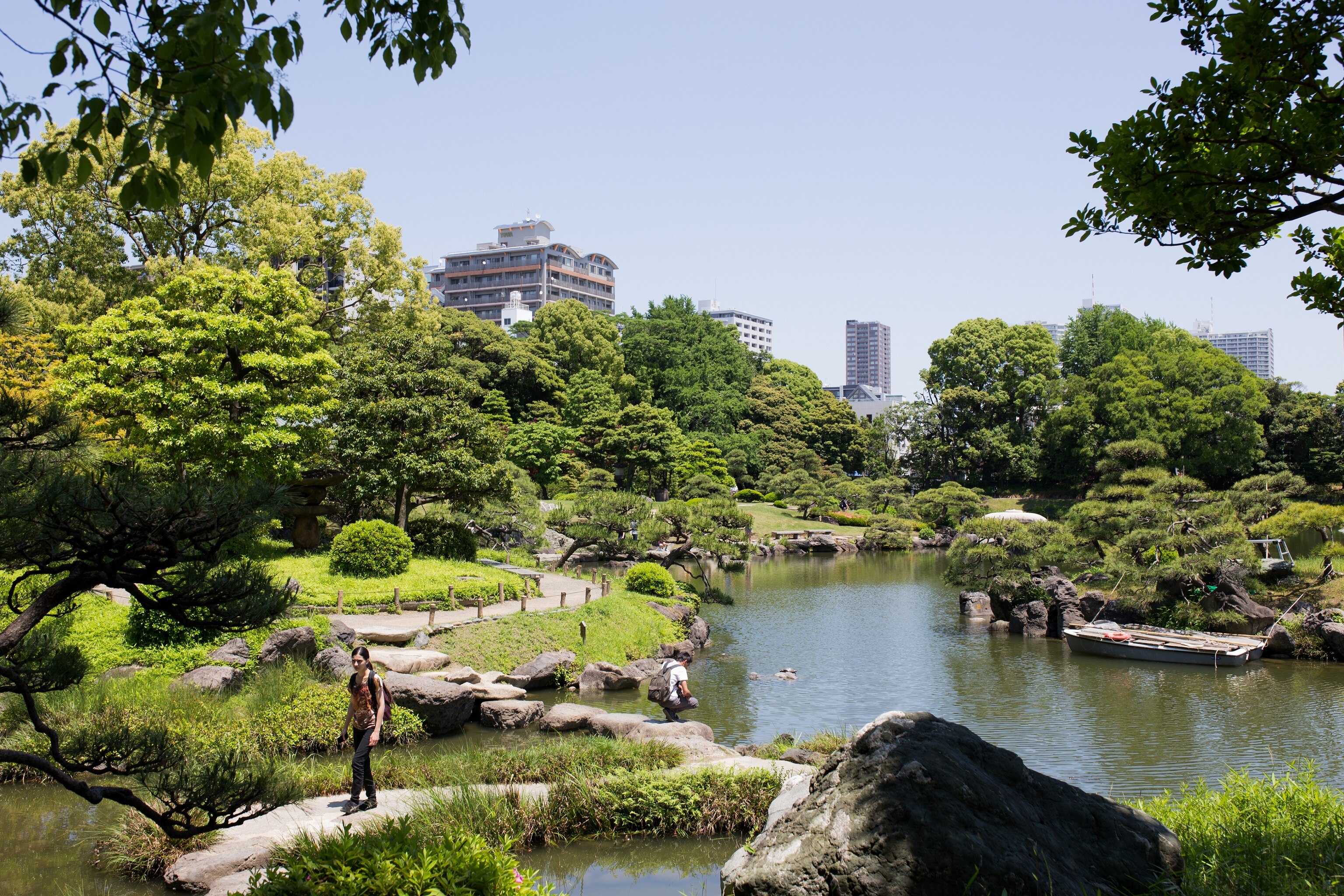
Visitors can once again experience the kind of relaxation and appreciation for nature that transcends time in Tokyo’s Kiyosumi Gardens, a beautiful example of a classic strolling garden. The gardens are set around a pond, which has its own Ryotei (pavilion) that resembles a classic teahouse.
Explore Edo architecture


The Ueno Toshogu shrine is an architectural gem of the Edo Period. The shrine, built in 1627, is dedicated to Tokugawa Ieyasu, one of Japan’s most famous and widely respected warriors. The shrine has miraculously withstood a number of earthquakes and wars.
Today, visitors can admire the impressive architectural details and decorations in much the same way as people have for centuries. The Sukibei Wall surrounding the shrine is adorned with hand-carved creatures dating back to 1651. The Karamon (a Chinese-style gate) is ornately decorated with gold carvings of flowers, birds and two notable dragons (Ascending Dragon and Descending Dragon).
Experience ancient traditions
The iconic and intricate Japanese tea ceremony has continued to evolve since its first appearance in the ninth century, but several aspects still define the ritual today. With their meticulous attention to detail and their minimalistic teahouse décor, tea ceremonies became symbolic of transformation, spiritual awakening and enlightenment – especially among the upper classes.
The ceremonies traditionally emphasize equality, respect and humility. A formal, traditional Japanese tea ceremony is extremely detailed and can last up to four hours.
Historically, this honored tradition was typically not open to tourists, but today there are a variety of teahouses and ceremonial practices across Tokyo that will teach visitors about this Japanese institution.
Enjoy classic cuisine
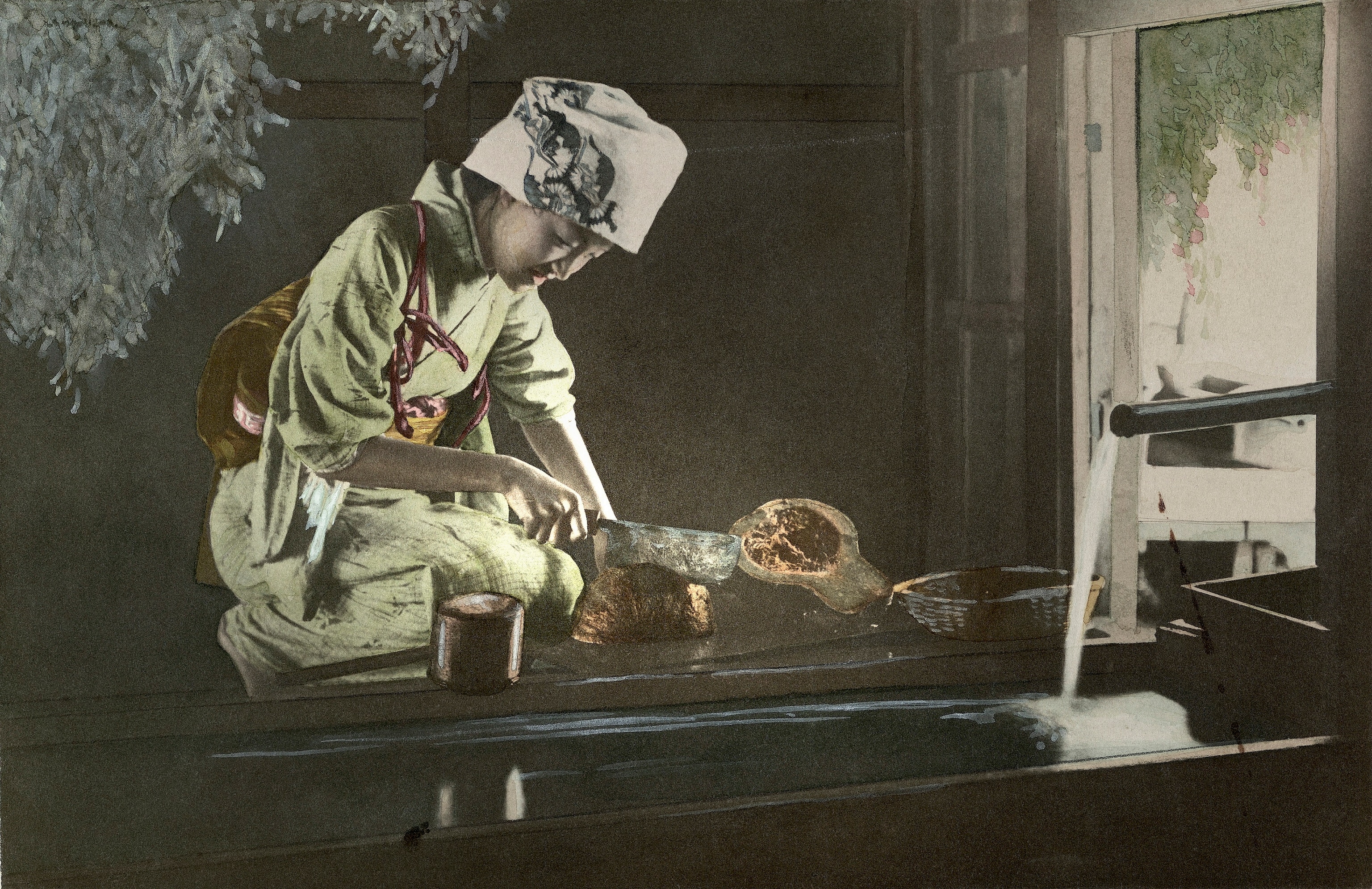
Japanese food has become famous worldwide in part for its meticulous preparation. The country’s most popular dishes are also historic – and taught in a variety of cooking classes across Tokyo.
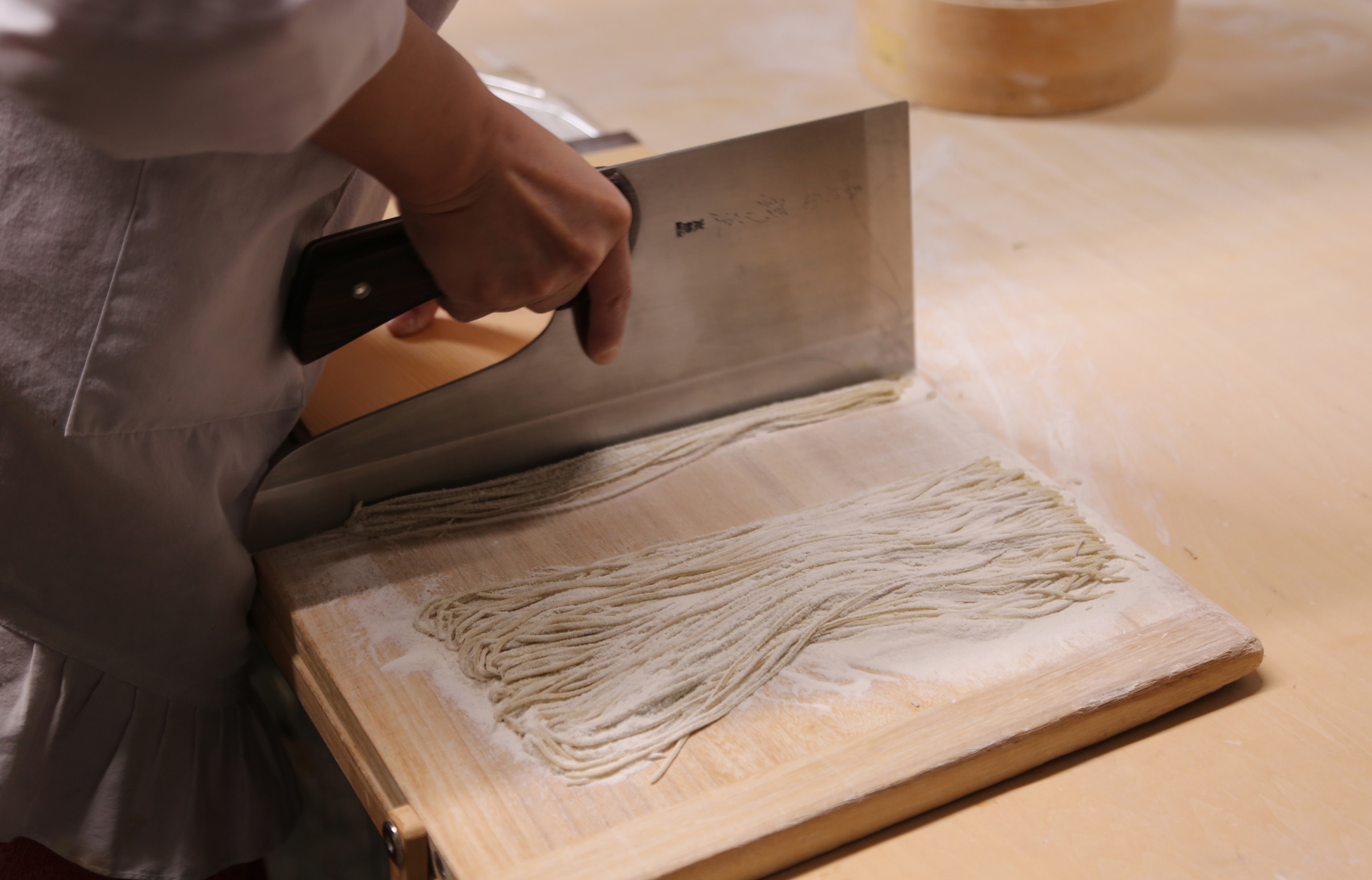
Traditional, hand-cut wheat noodles are an art form in Tokyo, often involving hours of preparation. Ramen noodles came to Japan around 1859 as an adaptation of Chinese wheat noodles. Soba are thin noodles made from buckwheat flour that appeared sometime in the Edo Period (1603-1868). Udon, a thick wheat noodle, may date as far back as the eighth century. Soba and udon noodles are the most popular in Japan – both can be served hot or cold.
Sushi, Japan’s most famous cuisine, dates back to at least 718. The dish has evolved over time, but distinctly Japanese sushi preparations began in the Edo Period as haya-zushi (“fast sushi”), which allowed fish and rice to be eaten simultaneously. Nigirizushi (what most would recognize as sushi today – an oval-shaped mound of rice topped with fish or vegetables) was popularized in Tokyo in the 1820s.
Try on iconic culture

Kimonos originated during the Heian Period, over 1,000 years ago. These intricate and beautiful Japanese garments were once an everyday item, but are now typically saved for special occasions and ceremonial events. Every design aspect of the kimono has a purpose, whether it’s to indicate marital status, season, family or occasion. Even today, with modern interpretations of kimonos, the fabric itself matters – silk kimonos are the most formal, whereas cotton or polyester kimonos are for more casual wear.
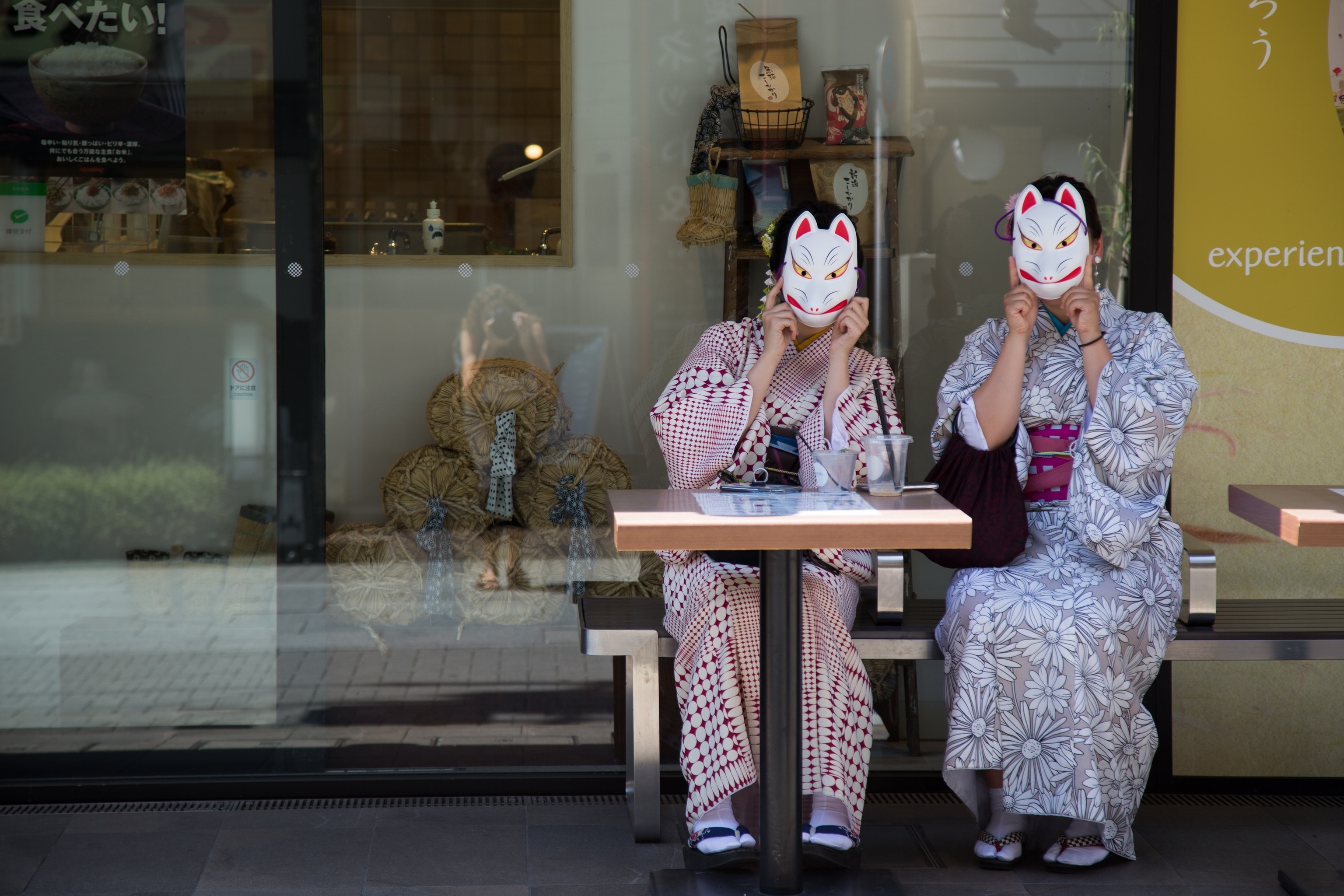
Visitors who would like to shop for kimono-inspired fashion firsthand can peruse some of Tokyo’s best vintage neighborhoods (like Shibuya and Harajuku to Koenji and Shimokitazawa). Or, experience these intricate garments firsthand at one of the city’s many kimono rental shops. Some visitors have even gone so far as to arrange a professional photo shoot in Tokyo’s parks (especially during cherry blossom season) in traditional kimonos as a unique way to bring a bit of Tokyo’s timeless culture back home.



